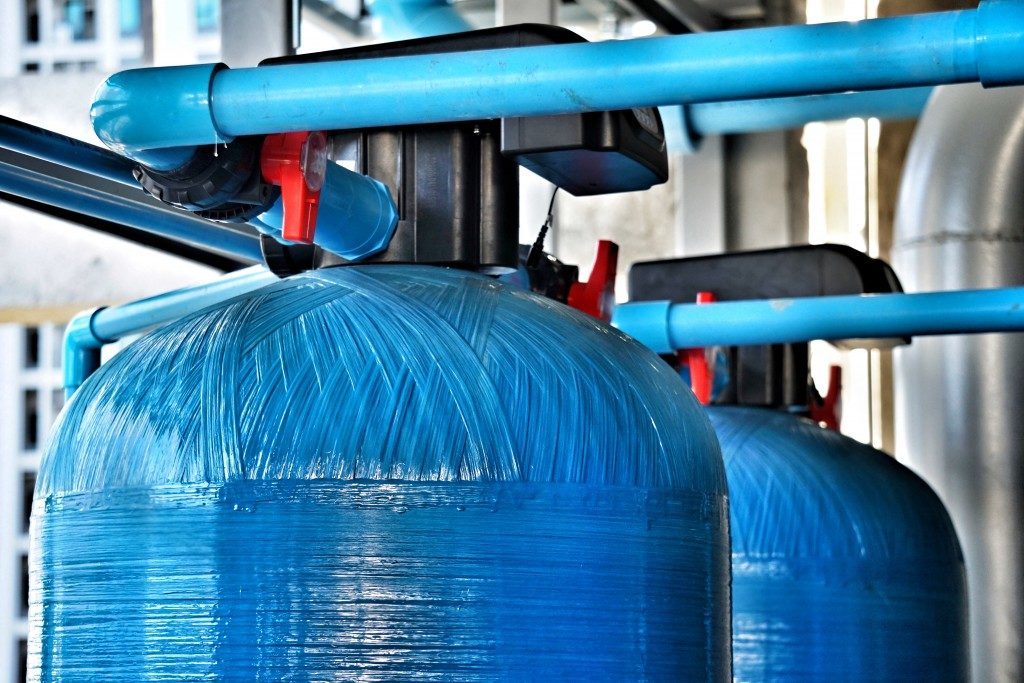The physical properties of high-density polyethylene pipes allow for applications in a variety of settings. This type of plastic pipe can be used for reclaimed water, sewage, and potable water systems as well. The long life expectancy is one of the most admirable qualities of polyethylene pipe fittings.
The inherent advantages of plastics
Based on recent studies, the best types of plastic pipes can last for 100 years. Plastic pipes now being installed are able to withstand enormous amounts of pressure from within. Moreover, they are designed to resist immense forces from the outside as well, such as waves of pressure triggered during earthquakes and other natural disasters. Potential leak issues are addressed with effective fittings and joint configuration for a zero leak performance. Plastic pipes of various sizes and shapes are available these days. Why don’t you take advantage of the versatility of this material? It offers flexibility, adaptability, and cost-effectiveness.

The question of chemical contaminant migration
Perhaps the biggest question for potable water applications of plastic polyethylene pipes is whether the chemical will leach from the material to the liquid. Additives included in the manufacturing process may include colorants, antioxidants, and stabilisers, among others. The risk of chemical migration is present whenever plastic pipes are concerned. Taste and odor concerns from potential leachates are present as well. Studies reveal that the presence of common polymer antioxidants does not pose a significant hazard. The substances are not remarkably toxic and the levels detected are below the standards set for safe drinking water.
BTEX permeation is of particular interest for HDPE (high-density polyethylene) pipes. BTEX stands for benzene, toluene, ethylbenzene, and xylene. Based on a published study, it is evident that the BTEX levels in the pipes observed were reduced to safe levels and do not exceed regulatory limits due to the flow of water.
Studies performed on HDPE pipes provide supporting evidence on its eligibility for use in potable water systems. The material characteristics are suitable, but it is still important to consider the type of usage and the environment where the pipes will be used.
Additional benefits of polyethylene pipes
The outstanding physical properties of pipes made from polyethylene are not their only advantage. They have a minimal environmental impact, a quality emerging from the manufacturing process, which involves less energy than other types of plumbing materials. The production process does not produce significantly toxic chemicals. In addition, the transport of these pipes requires less energy and costs because they are lightweight.
During installation, they require fewer fittings because pipes can be joined together by heat fusion. Other means of joining the pipes are using mechanical or stab fittings, as well as mechanical and flanged connections. They are also quite flexible. Lastly, the pipes can be recycled.
One of the most beneficial qualities of HDPE pipes is the fact that it needs fewer connections. The coils and sticks of pipes come in lengths that allow for fewer connections. As mentioned, fewer couplers and joints are required due to the effectiveness of heat fusion in joining the pipes together. These pipes are tough, affordable, and adaptable.




